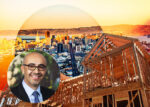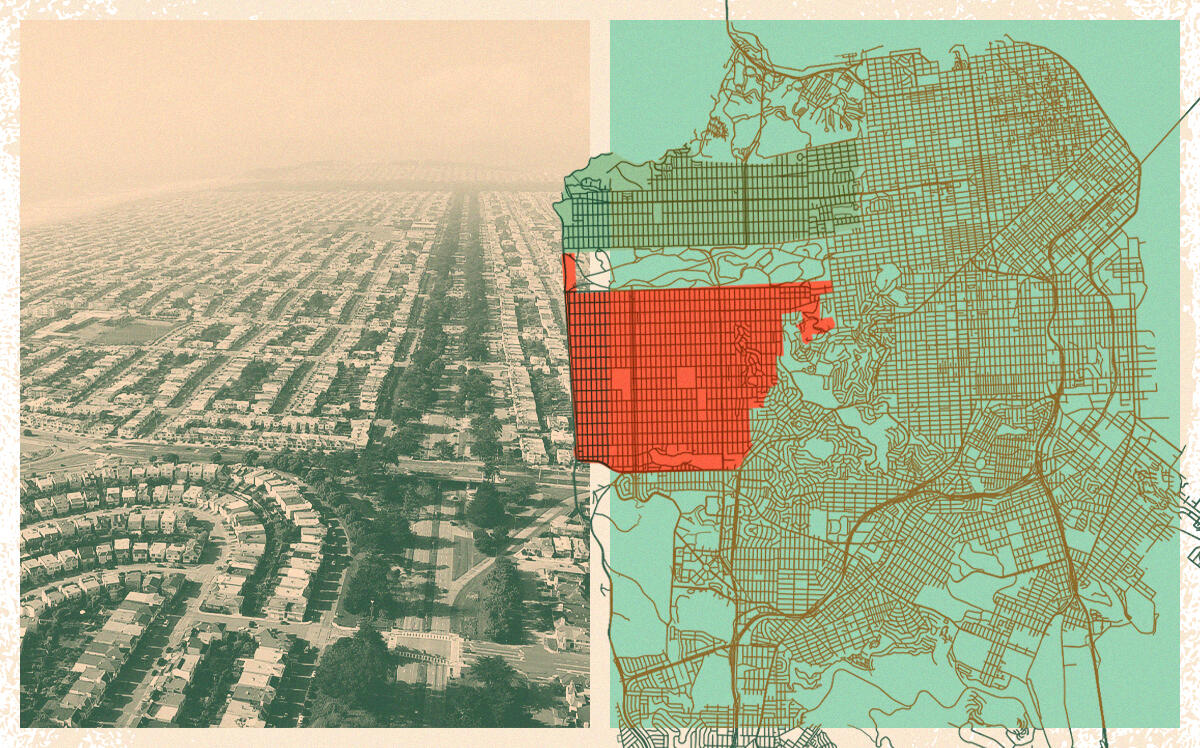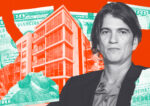 State scrutinizes SF’s slow housing approvals
State scrutinizes SF’s slow housing approvals
Trending
SF to rezone westside for 34K homes to meet state goal
Commercial corridors in Sunset and Richmond targeted in latest housing element draft

San Francisco has taken aim at less developed westside neighborhoods to build the tens of thousands of new homes required by the state.
City planners will rezone Richmond and Sunset and low-density areas of the westside to allow for 34,000 housing units, or 41 percent of the homes San Francisco must build by 2031, the San Francisco Chronicle reported.
The latest draft of the state-mandated “housing element” for the city shines a spotlight on “high-resource” commercial corridors of the city that haven’t seen much development in decades. Most are on the west side of town.
The new housing element marks a 36 percent increase in the required number of homes from the last housing element, an eight-year contract with the state that governs how and where cities build their share of housing.
San Francisco must plan for 82,000 units, of which 46,000 need to be affordable to low- and moderate-income residents.
The element must also plan for “fair housing” in “well-resourced” neighborhoods where discrimination and zoning rules have blocked development and kept out people of color.
To accomplish this, planners are shifting away from Downtown, SoMa, Mission Bay, Potrero Hill, Dogpatch, Bayview Hunters Point, the Mission and the Tenderloin, where 85 percent of all new housing has been built since 2000.
Now the city will rezone busy transit corridors on the west side such as Geary, Sloat, Junipero Serra and Park Presidio boulevards, or Judah, Noriega and Taraval streets, plus Ocean, 19th and West Portal avenues. Principal planner Maia Small said rezoning could jumpstart small to mid-sized projects, which are more feasible than steel-frame or concrete towers common in Downtown.
“While all development is hard right now — the capital markets are stressed and construction costs are high — the small to medium-sized projects in high-resourced areas are doing better than high-rise projects,” Small told the Chronicle.
To speed up San Francisco’s notoriously slow development approvals, the city could enact new policies such as scrapping the need for conditional use authorization to replace a single-family home with apartments.
Chris Elmendorf, professor of law at UC Davis and an expert on housing elements, said adding units by rezoning is “a good move.”
But in order to make the plan work, the city must clear barriers to development — making it cheaper to build, he said. That will require a thorough review of fees and affordable housing rules, such as a 22 percent inclusionary affordable housing requirement.
“You need to combine streamlining with lower costs of building and that doesn’t seem to be under discussion in any serious way,” Elmendorf told the Chronicle. “There is a self-contradiction between what the city is aspiring to do and what the city’s own analysis suggests is likely to happen.
“The only way to resolve the contradiction is to make it a lot cheaper to build.”
San Francisco is among 14 Bay Areas to receive a failing grade from a state housing department for its required housing element plan. The Bay Area must build 441,000 homes by 2031, or face severe penalties that include fines.
Despite doubts from some members of the Planning Commission, city planners say they will have “substantial time” to revise the housing element and get it approved before any penalties kick in.
— Dana Bartholomew
Read more
 State scrutinizes SF’s slow housing approvals
State scrutinizes SF’s slow housing approvals
 San Francisco tries speedy Housing Element timeline
San Francisco tries speedy Housing Element timeline




